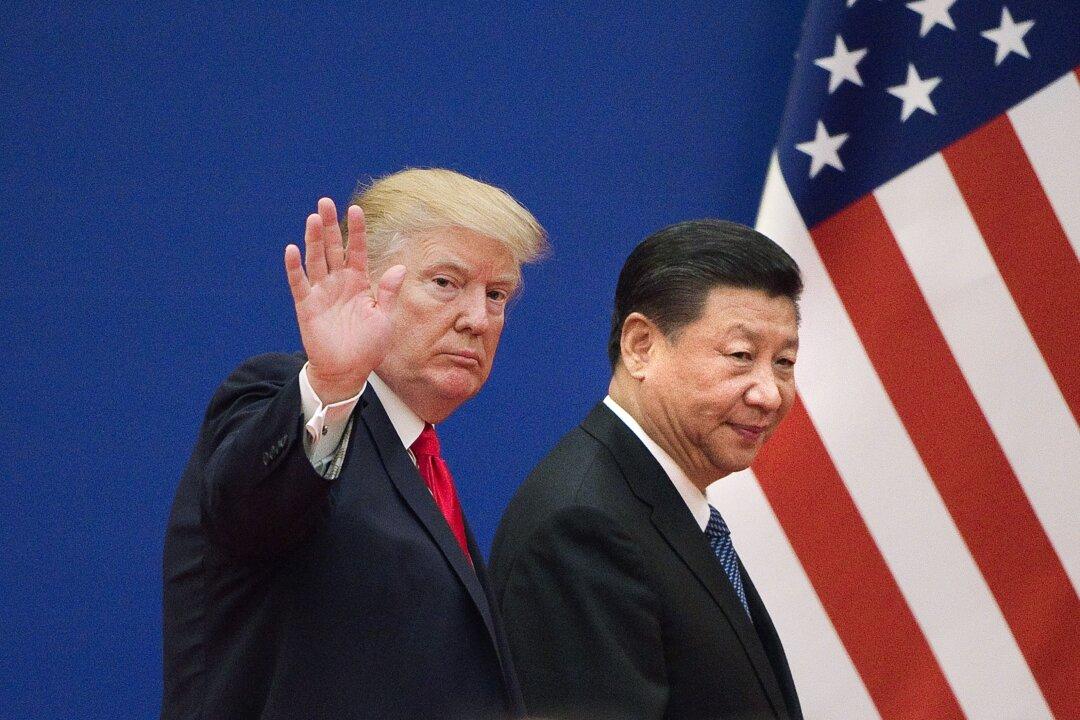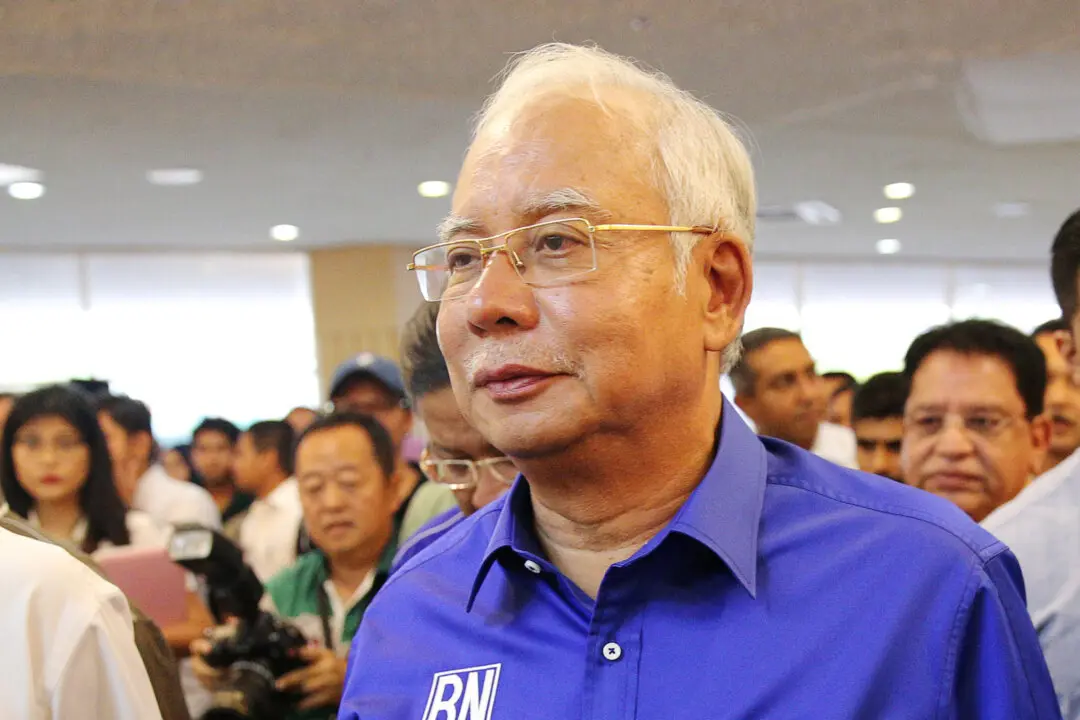WASHINGTON—President Donald Trump said on June 18 he had spoken to Chinese leader Xi Jinping and that the two leaders’ teams would restart trade talks after a long lull in order to prepare for a meeting at the G-20 summit later this month.
The United States and China are in the middle of a costly trade war. Talks between the two sides to reach a broad deal broke down in May and interaction since then has been limited.





